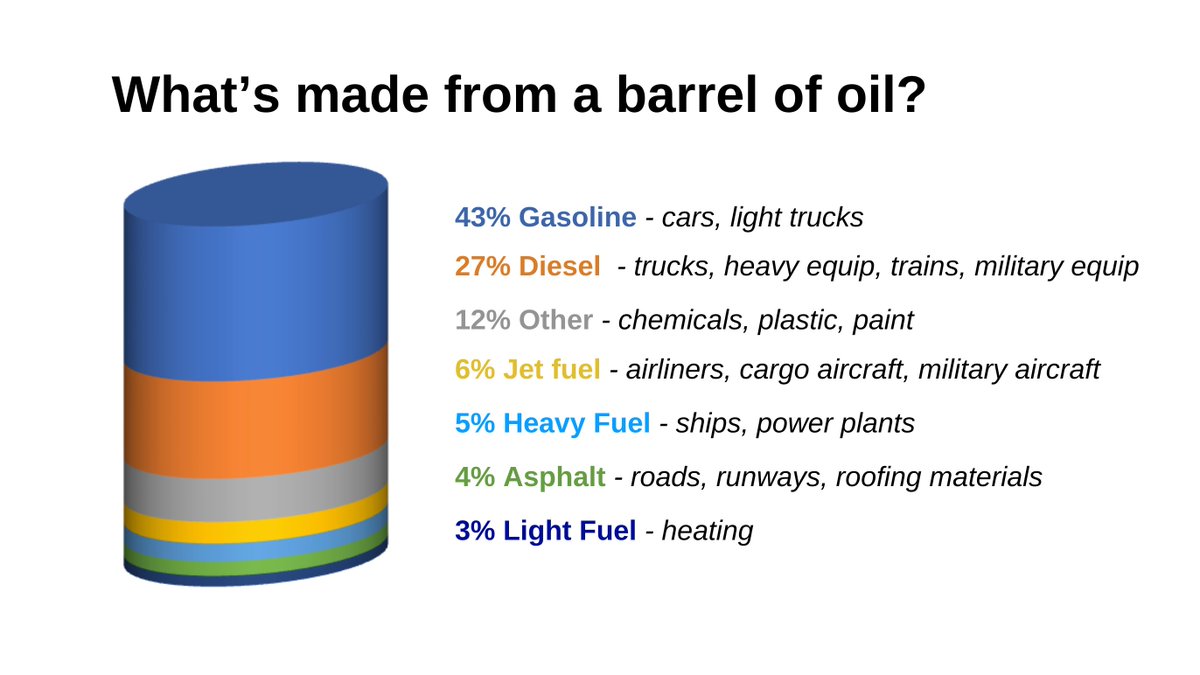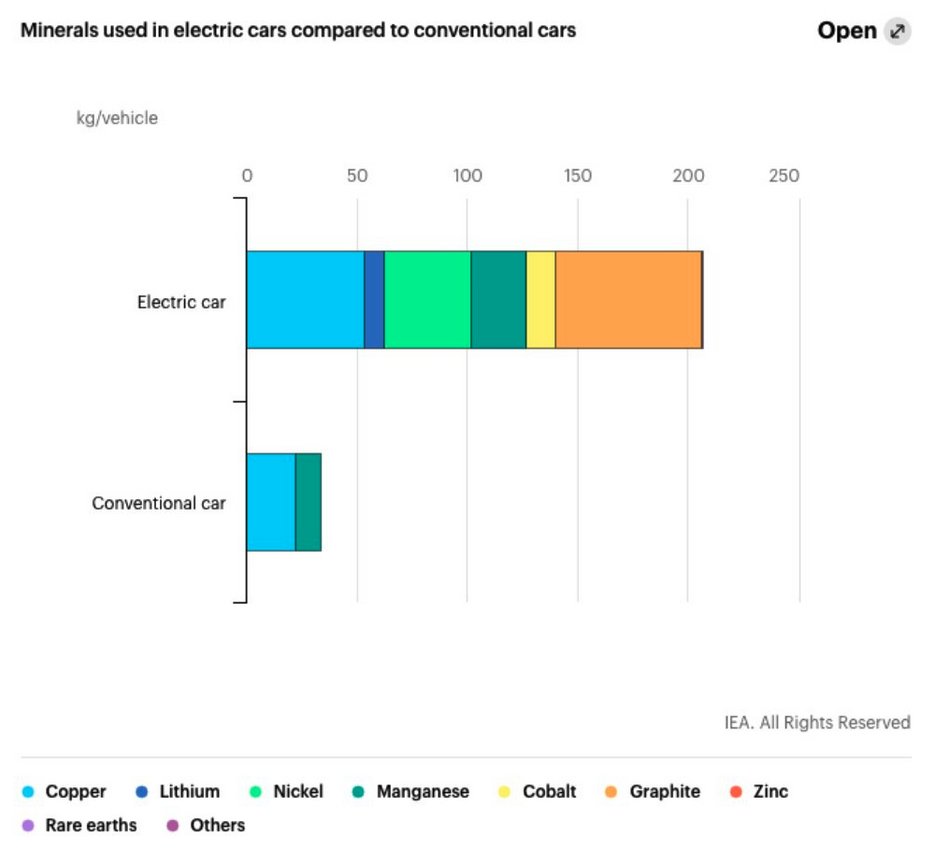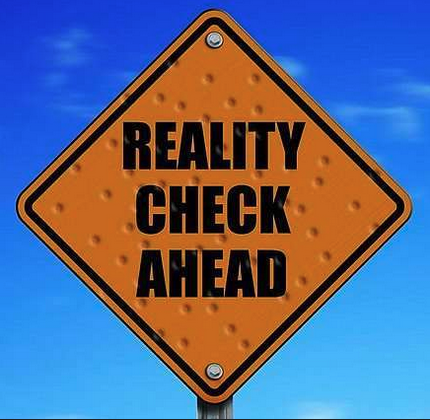It powers 97% of all the world’s transport: trucks, trains, planes, ships.
Enabling modern farming practices, from equipment to chemicals.
We produce clothing, housing, computers, phones, medical equipment and millions of other products. 
Gasoline is 43% of a barrel of oil.
Therefore, reducing the use of gas will reduce the demand for oil by 43%.
But they don’t understand how we extract gasoline, asphalt, etc. of that barrel
Lighter products such as gasoline separate at lower temperatures.
Heavier products such as asphalt and diesel separate at higher temperatures.
You can’t make heavier products without making lighter products like gasoline. 
In fact, we will need more oil, not less…
https://t.co/oLLHDF9jdDbit.ly/3mEbCJR
And the more mining is needed, the more diesel fuel is needed to power the machines that dig, process and transport the materials.
The more diesel we need, the more oil we need.
Right now we have no scalable and economically viable alternative.
It’s possible, but it won’t happen anytime soon.
Right now refineries are being built to separate the gasoline.
Existing refineries should be replaced.
This is unlikely to happen in the next 20 years.
It will flood the market.
The excess supply will lower the price of gasoline.
Leftover gas will be used in the developing world.
Most countries in the developing world do not have environmental laws to curb emissions.
So more gas use in the developing world will mean more emissions.
But the road to higher emissions will likely be paved with these intentions.
Escalating EVs won’t change the amount of oil the U.S. consumes and will likely lead to increased emissions in the developing world.
-Using technology to reduce emissions (such as catalytic converters)
-Invest in hybrids
– Design more efficient internal combustion engines
-Continue R&D in synthetic fuels
And subscribe to read my articles on energy and investing.briangitt.com
• • •
Missing a tweet in this thread? You can try
force an update

